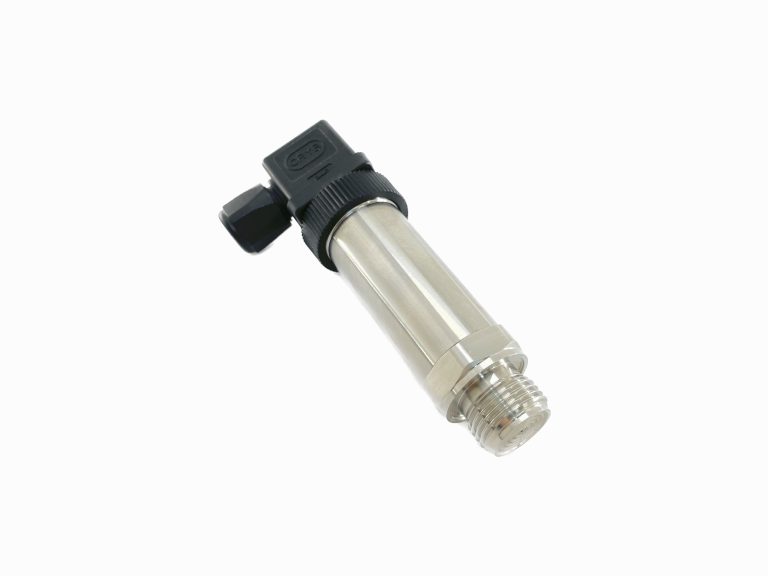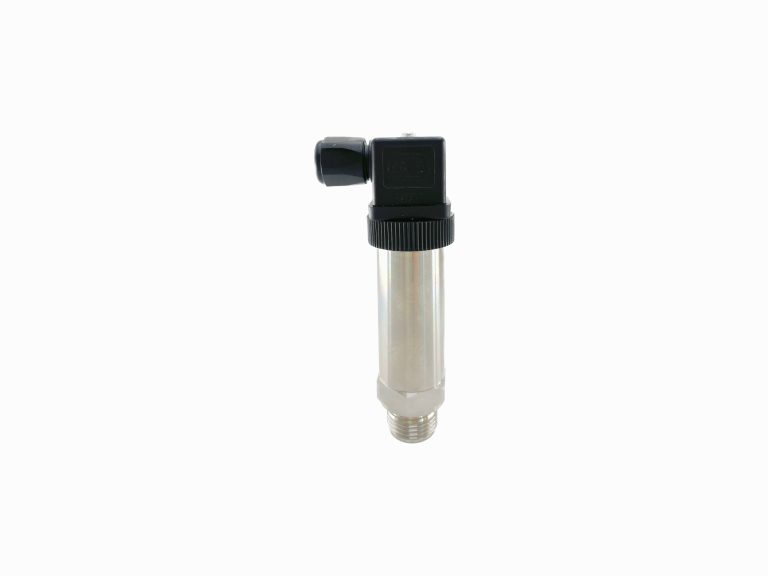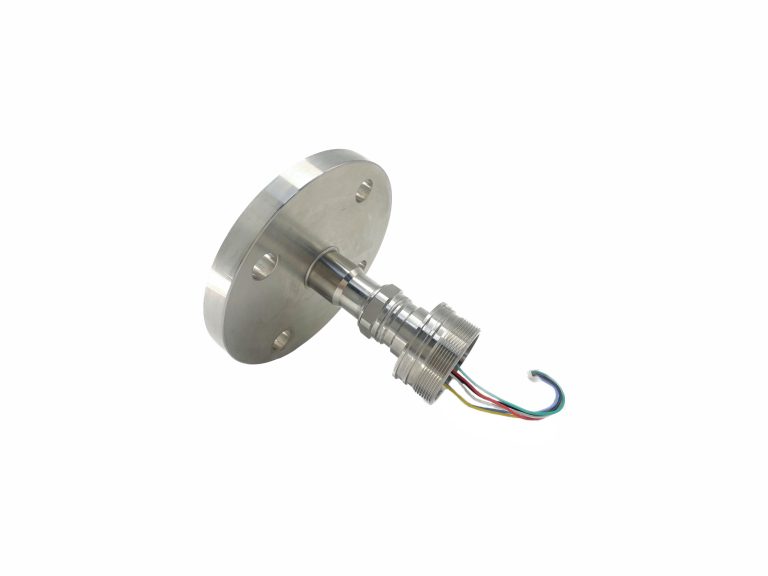Table of Contents
How Pressure Control Valves Help Improve Efficiency in Manufacturing Facilities
Pressure control valves are essential components of any manufacturing facility. They help to regulate the pressure of fluids and gases, ensuring that the system runs efficiently and safely. By controlling the pressure, these valves help to improve the efficiency of the manufacturing process, resulting in higher quality products and lower costs.| Ambient humidity: | 5~95% |
| Differential pressure range: | 16Bar |
| Interface thread: | Internal thread G1/4 |
| Shell material: | alufer |
| Pressure range: | 0-1.6Mpa |
| function | temperature/temperature difference/energy control |
| Rated pressure of valve | 16Bar |
| Applicable fluid of valve | cold/hot water |
| Working temperature of intelligent valve | -20℃ -80℃ |
| Protection class of actuator | IP67 |
| Intelligent valve digital communication | Modbus485/M-BUS |
| Intelligent valve analog communication | Die-casting aluminum |
| Main material of actuator | 24VDC/3A |
| function | pressure/differential pressure/temperature/temperature difference/energy control |
| Rated pressure of valve | 16Bar |
| Applicable fluid of valve | cold/hot water |
| Working temperature of intelligent valve | -20℃ -80℃ |
| Protection class of actuator | IP67 |
| Intelligent valve digital communication | Modbus485/M-BUS |
| Intelligent valve analog communication | Die-casting aluminum |
| Main material of actuator | 24VDC/3A |
The Benefits of Automating Pressure Control Valve Production in a Factory Setting
Automating pressure control valve production in a factory setting can provide a number of benefits to both the manufacturer and the customer. Automation can help to reduce costs, improve quality, and increase efficiency. Cost Reduction Automation can help to reduce costs in a number of ways. Automation can reduce labor costs by eliminating the need for manual labor. Automation can also reduce the cost of materials by reducing waste and increasing efficiency. Automation can also reduce the cost of energy by using more efficient processes.
Quality Improvement
Automation can help to reduce costs in a number of ways. Automation can reduce labor costs by eliminating the need for manual labor. Automation can also reduce the cost of materials by reducing waste and increasing efficiency. Automation can also reduce the cost of energy by using more efficient processes.
Quality Improvement
| Wireless communication of intelligent valve | NB-IOt/ROLA/GpRS/4G |
| Intelligent valve analog communication | 4-20mA/0-10V |
| Intelligent valve digital communication | Modbus485/M-BUS |
| Control accuracy of intelligent valve | 1% |
| Opening accuracy of intelligent valve | 1% |
| Wireless communication of intelligent valve | NB-IOt/ROLA/GpRS/4G |
| Intelligent valve analog communication | 4-20mA/0-10V |
| Intelligent valve digital communication | Modbus485/M-BUS |
| Control accuracy of intelligent valve | 1% |
| Opening accuracy of intelligent valve | 1% |
 Overall, automating pressure control valve production in a factory setting can provide a number of benefits to both the manufacturer and the customer. Automation can help to reduce costs, improve quality, and increase efficiency. Automation can also help to reduce the amount of time it takes to produce a valve, which can help to reduce the cost of production. Automation can also help to reduce the amount of energy used in the production process, which can help to reduce costs.
Overall, automating pressure control valve production in a factory setting can provide a number of benefits to both the manufacturer and the customer. Automation can help to reduce costs, improve quality, and increase efficiency. Automation can also help to reduce the amount of time it takes to produce a valve, which can help to reduce the cost of production. Automation can also help to reduce the amount of energy used in the production process, which can help to reduce costs.




